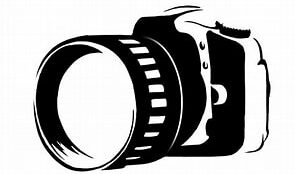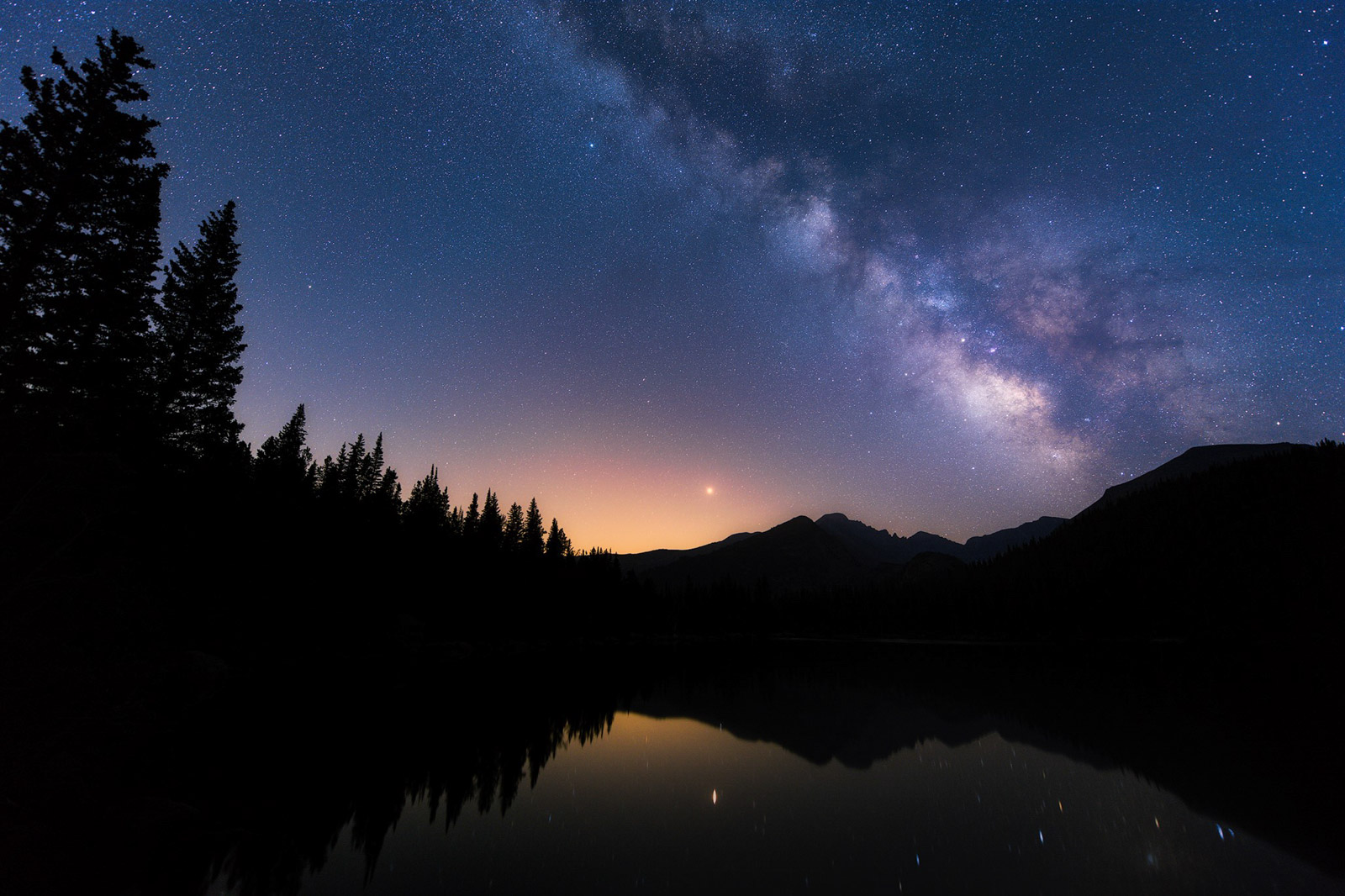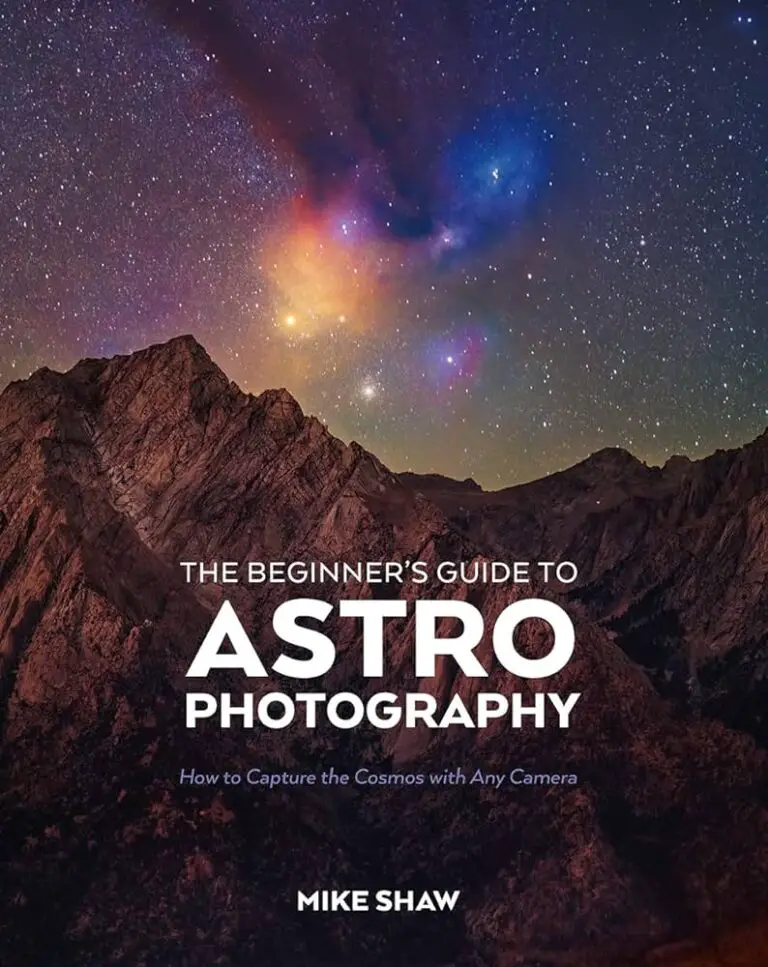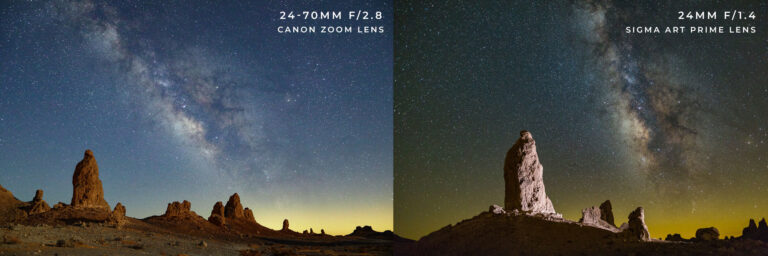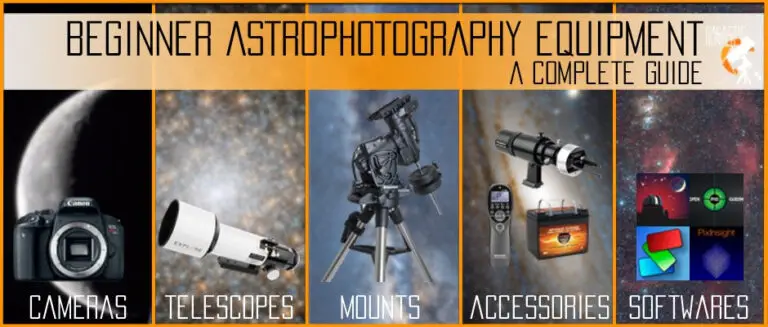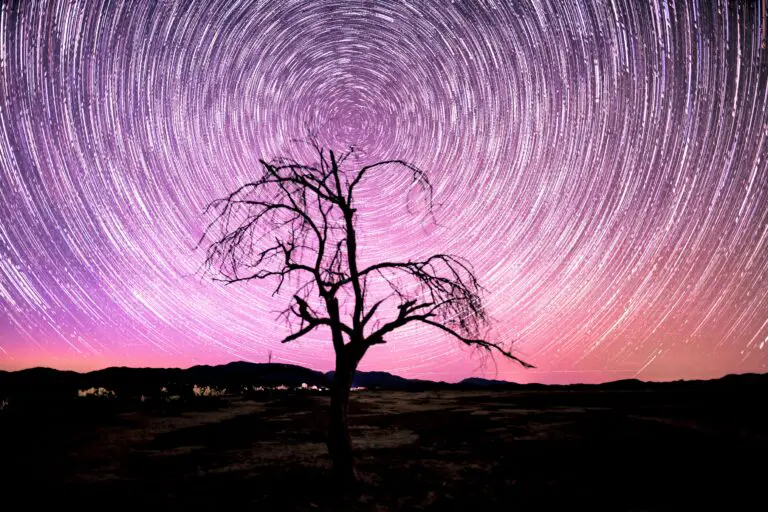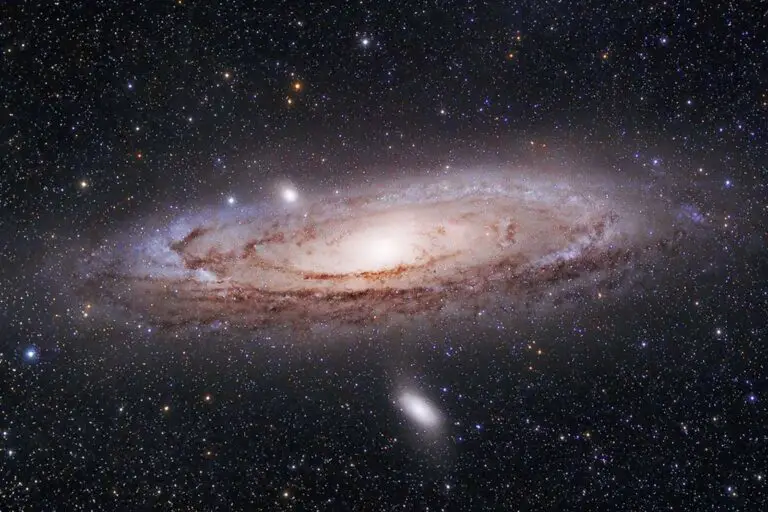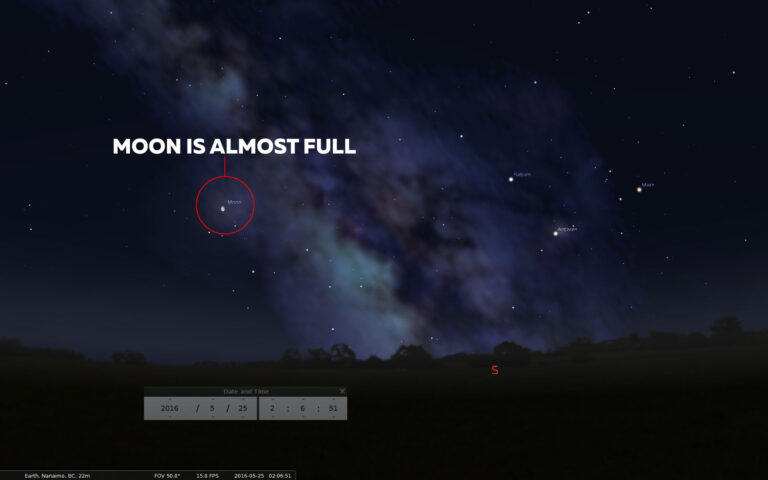Astrophotography on a Budget: Affordable Cameras for Stunning Night Sky Shots
In the realm of photography, few genres command as much awe and inspiration as astrophotography. With its ability to capture the beauty of the cosmos, astrophotography has been drawing in a growing wave of enthusiasts—both seasoned photographers and night sky novices alike. However, such an endeavor, which at first glance appears reserved for high-end professionals, can be pursued on a budget without sacrificing the quality of the final images. For those looking to capture breathtaking star trails, the enigmatic galactic center, or the elusive Northern Lights, there are affordable camera options that can deliver exceptional results. Here’s a detailed guide to help you discover the best budget-friendly tools for your astronomical adventures.
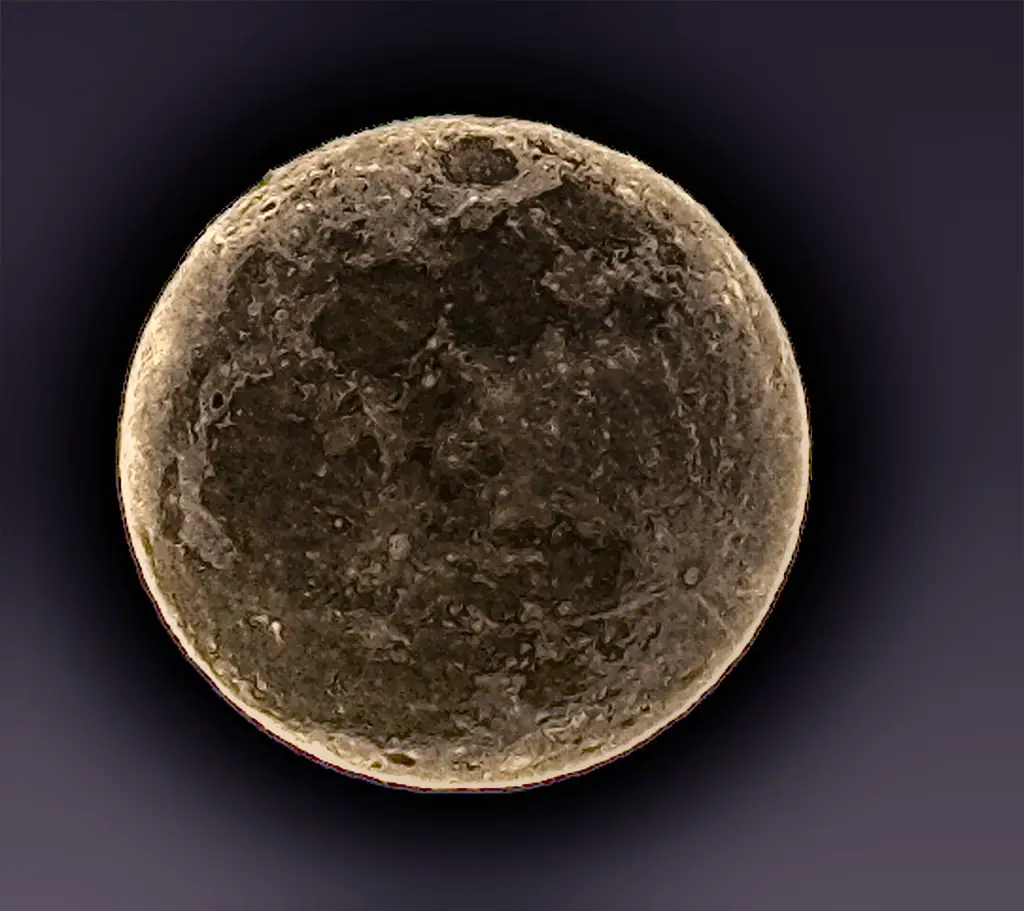
Choosing the Right Camera for Astrophotography on a Budget
Selecting a camera that meets your astrophotography needs while staying within budget comes down to a few key considerations. First and foremost is the camera’s sensor, as larger sensors can capture more light and detail. The type of lens mount the camera features is important, as it dictates the variety and availability of lenses you can use to shoot the night sky. You’ll also want a decent battery life, a sturdy build to withstand outdoor conditions, and a good high ISO performance to counter the darkness of your shooting environment.
Comparison of Key Features in Budget-Friendly Cameras
When shopping for an affordable camera for astrophotography, it’s essential to look beyond the price tag and compare a range of features. Here’s how some common budget cameras measure up:
- Sensor Size: The larger the sensor, the more light it can capture. Look for at least an APS-C or Micro Four Thirds sensor for astrophotography.
- Megapixels: A higher resolution can mean more detailed images, but don’t sacrifice sensor size for megapixels.
- ISO Performance: The ability to shoot at high ISO levels without noise is crucial for astrophotography, where you’re often in low light conditions.
- Tethering: Being able to connect your camera to a computer for remote shooting is a useful feature, especially for long exposure astrophotography.
- Live View Mode: A live view with a high refresh rate is advantageous for focusing on celestial objects.
Recommended Budget Cameras for Astrophotography
To make astrophotography accessible, several camera models stand out for their balance of features, performance, and affordability. These recommendations are ideal for beginners and intermediate photographers ready to explore the cosmos without breaking the bank.
Canon EOS Rebel T7 (EOS 2000D)
The Canon EOS Rebel T7, also known as the EOS 2000D, is a tried-and-true budget DSLR that offers a respectable 24.1MP APS-C sensor, a good ISO range of 100-6400 (expandable to 12800), and a battery life that should see you through a night of shooting stars. It also has a full range of Canon EF-S lenses, many of which are well-suited to astrophotography.
Nikon D3500
Nikon’s D3500 is a compact yet powerful choice for beginner astrophotographers. With a 24.2MP APS-C sensor, an ISO range of 100-25,600, and a guide mode to help new photographers, it’s a solid performer. The camera boasts compatibility with Nikon’s extensive array of F-mount lenses, offering plenty of options to explore the night sky.
Sony Alpha a6000
For those who prefer a mirrorless option, the Sony Alpha a6000 is a top contender. It features a 24.3MP APS-C sensor, an impressive ISO range of 100-25,600, and a 179-point phase-detection AF system. Although it’s a few years old, its compact size, electronic viewfinder, and compatibility with the broad E-mount lens selection make it an attractive choice.
Fujifilm X-T200
If style and user-interface are high on your list, the Fujifilm X-T200 delivers. This mirrorless camera comes with a 24.2MP APS-C sensor, enhanced ISO range up to 51200, a 3.5-inch vari-angle touchscreen, and a wide selection of high-quality Fujinon lenses designed for low-light conditions.
Accessories for Enhanced Results
Once you’ve chosen the right camera, a few key accessories can significantly enhance your astrophotography experience. A sturdy tripod is essential for keeping your camera steady during long exposures. A remote shutter release will prevent camera shake and allow for more precise exposure timing. Additionally, investing in a good quality lens can make a remarkable difference in your images, especially when it comes to the sharpness of stars and the level of light vignetting.
Tips on Maximizing the Potential of Affordable Gear
While it’s important to have the right equipment, technique is equally vital. Here are some tips to help you maximize the potential of your budget astrophotography setup:
- Focus on the Focus: Achieving sharp focus on distant celestial objects can be challenging. Use manual focus and magnify the live view to home in on a bright star when setting up your shot.
- Master the Manual Bulb Mode: Learn how to use the manual “bulb” mode for long exposures. Start with shutter speeds of 20-30 seconds and experiment from there to avoid star trails or capture them deliberately.
- Experiment with Composition: The night sky serves as a canvas for your creativity. Try different compositions, such as including trees or elements in the foreground, to add depth and context to your images.
- Take Multiple Shots and Learn to Stack: Shooting multiple frames of the same scene can help reduce noise and improve image quality. Techniques like star stacking can be done in post-processing to achieve stunning results.
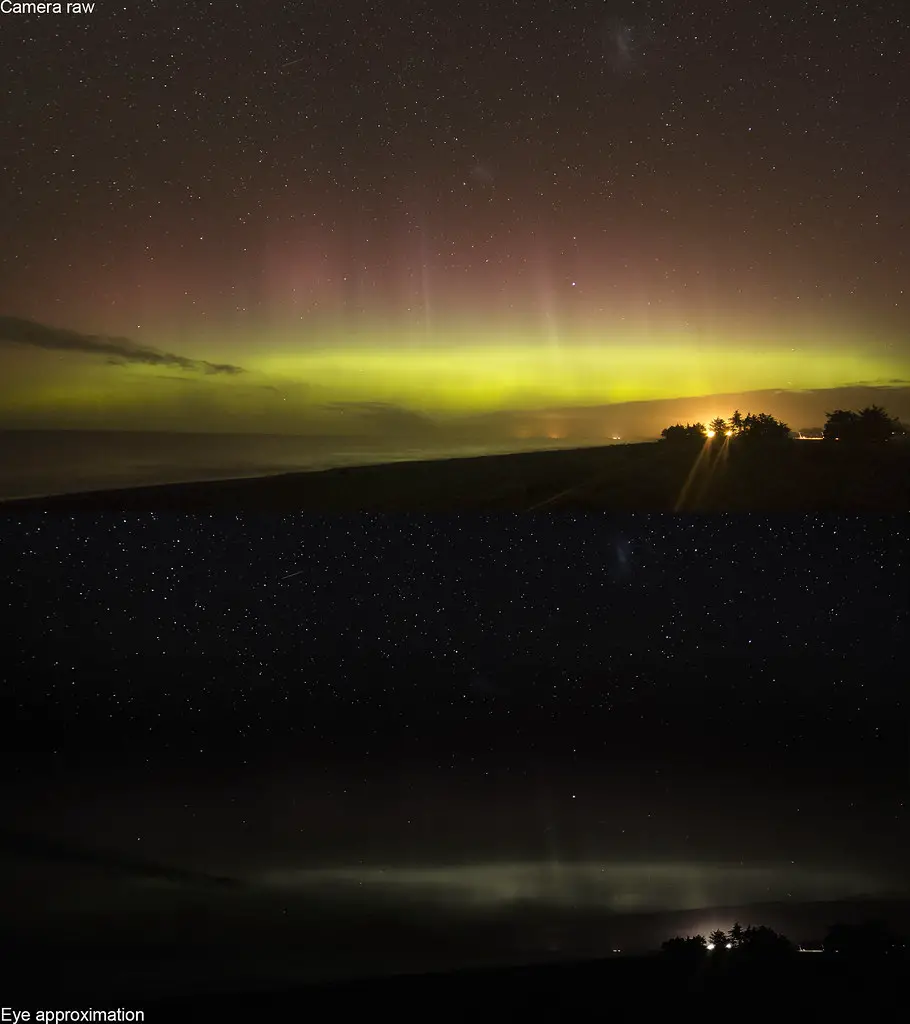
Sample Night Sky Shots
To truly appreciate the potential of budget astrophotography gear, here are a few sample night sky shots captured by enthusiasts using the cameras suggested above. These images showcase the clarity, detail, and incredible vistas that can be achieved, even with entry-level equipment.
Conclusion
Astrophotography is not just for those with deep pockets and professional-grade gear. With the right knowledge and selection of affordable equipment, capturing the majesty of the heavens is well within reach for anyone with a passion for photography. Whether you opt for a DSLR, a mirrorless camera, or decide to repurpose an old model, remember that the universe is vast, and the cosmos is yours to explore, one budget-friendly click at a time.
